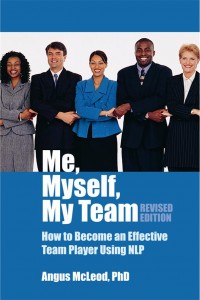These are quick and easy communications. They are sent within texting platforms, to help stakeholders, at all levels, know that you are still there and investing effort in them; not just asking (pressuring) them for something. This is an often overlooked aspect of leadership communication and effective with LOW effort!
Mitigate misunderstandings and improve mutual trust
Stakeholders can be prospect-customers, customers, your staff-members, peers, senior-staff and key supply-chain folks. Work is busy and some of them may be neglected by us, unless we use a CRM[1] with timed actions that we set-up. Light-touches are not heavy on your time, or theirs! The majority of timed actions, emails, calls and meetings are heavy on our management time and often are unnecessary. How do we know what is necessary to maintain great working relationships and where needed, meet our due diligence requirements for standards?
Continue reading Influence – Light Touch Communications




